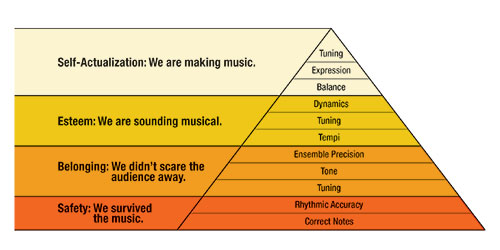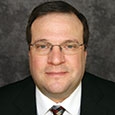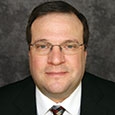There is now an acronym in mainstream use in education based on the idea of guiding student inquiry and dialogue to solving multidisciplinary real-world problems. It is called STEAM (Science, Technology, Engineering, Arts, and Math). Even with the adoption of this STEAM concept, increased standardized testing in K-12 education has led to an increase in emphasis on core subjects and a decrease in time and support for the arts.
The purpose of this article is not to proclaim that music educators should integrate and support the core subjects (as many administrators are pushing), but rather to share examples of how good musicians (teachers and students alike) are already integrating STEAM into their daily practice – and often much better than their core-subject counterparts. Music is about the human condition and is rewarding in itself. However, music is not made without individual and ensemble improvement, and how to improve is a problem that music students and educators strive to solve everyday. I have seen vast improvement take place when music students use a process based on teachings that we see frequently in STEM classrooms.
Define
The first step in solving a problem is identifying it. Good musicians are typically quite adept at identifying the problem because they have a foundational set of skills they always reference: pitch, rhythm, tempo, dynamics, ensemble precision, intonation, sound quality, balance, and expression. This clarity of focus is not there in the core disciplines, as one rarely hears discussions of the skills needed to be a good mathematician or of how to know if one is studying well. Without clearly defined problems to solve, students and instructors in core subjects can be impulsive and proceed to action, or come up with a plan, without having truly defining the problem.
Plan
Good music teachers generally have multiple plans of attack to improve their ensemble, whether the subject at hand is ensemble precision, improving intonation in a key signature, or simply tackling a difficult passage. Students come up with their own a plan of attack when practicing independently, usually beginning with the difficult passages, but practicing with a purpose always goes back to the foundational skills and improving in those areas.
In core subject areas, when a student goes to study, the two most common approaches are to look everything over or to focus on the parts they already know well. These behaviors, although unhelpful in the long run, provide rather immediate good feelings. Repeated instructor intervention is often required to get students to identify their trouble spots and focus on those areas, many times because students don’t know what they don’t know. However, the frequency of feedback to aid student self-improvement is not modeled in the classroom with the frequency it is in music classes.
Collect Data
Metronomes, tuners, and decibel meters are the tools of data collection for a musician. Many musicians have at some point made a tuning tendency chart for their instrument. I have scratched tempo markings in my Arban’s book as I practiced to get things up to tempo. Some music teachers use practice logs. If used properly, these are excellent sources of data for students. In the core subjects, students either don’t have a framework of foundational skills to be able to self evaluate, or there isn’t a feasible method to evaluate and give timely feedback for important skills. In addition, the daily feedback they do get is rarely helpful, as it is in the form of grades. Students don’t receive daily feedback between practice/study sessions like they get from their band director or stand mates.
Evaluate
The last step in problem solving is to evaluate results. This evaluation can lead to a final success; however, evaluation often creates a need to go back and either redefine the problem or come up with a new plan of attack. For instance, now that all the notes are there with ensemble precision, lets go back and focus on intonation and dynamics (see the Modified Maslow Hierarchy on the next page). Perhaps a student still struggles to get a difficult passage to tempo and current efforts have not yielded desired results. At this point it is time to come up with a different plan.
Evaluation is strengthened by good data. Examples might include “my 6th partial is consistently still 10 cents sharp,” or “I can play it at 110 bpm five out of five times, but at 120 bpm only two out of five times.” Qualitative or anecdotal data rarely leads to such strong results as quantitative data. Sadly, because of the lack of clarity of purpose, and the lack of a strong plan, this is what often happens in core subjects.
Arts
Lastly, one of the most important parts of STEAM is integrating with the arts. The above examples demonstrate how musicians use science, technology, engineering, and math every day; however, the arts are typically not as explicitly integrated into those courses.
As a former secondary school science teacher and current post-secondary educator, I want to thank all music educators for incorporating STEAM before it had a name. All of the music directors I have played under have had an incredible impact on my life, and all the music students I have had over the years are better in my class for having had fine music teachers that ingrained these problem-solving skills into their daily habits.
***
This version, adapted for music, uses the original second through fifth steps of the pyramid to guide students to evaluate their performance, redefine the problem, at hand, and form a new plan of attack.







